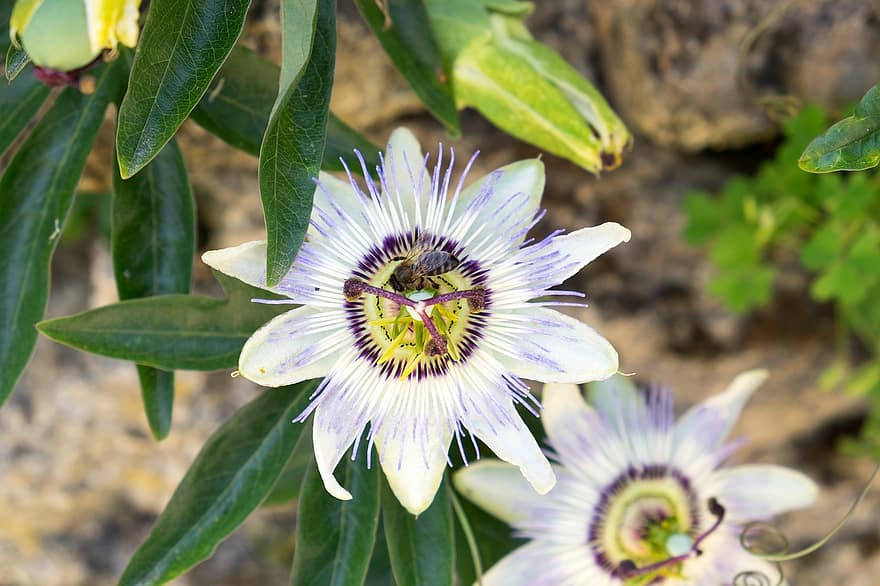Knowing how to care for exotic angel plant involves studying the varieties, location, temperature and humidity, and watering and feeding. You already know how to maintain a greenhouse properly, and once you brought the exotic angel plants indoors, you must apply the practices unique for them. The good news is that exotic angel plants are hybrids, and their producer specifically bred them to thrive in a greenhouse successfully.
You already have the upper hand using a greenhouse, so the next step is to apply the information below to your routines. With as many as 400 varieties, the lush foliage and blooms of exotic angel plants will make the greenhouse more alive and pleasing to the eye. They don’t require very complicated care, but learning their requirements will help them thrive and stay healthy without worries.

How To Care For Exotic Angel Plant: Tips For Success
Know your variety
As mentioned previously, exotic angel plants are hybrids created by Hermann Engelmann Greenhouses. You can think of them as your own plant with a pedigree, and the name Exotic Angel® is the brand of the plant itself. Do note that Hermann Engelmann Greenhouses is now under Costa Farms, aiming to continue its heritage founded long ago.
Exotic angel plants have more than 400 varieties, which means even though they are generally easy to care for, your plant might have a specific requirement. The information you’ll see below is general, so it’s advisable to monitor your plants and their greenhouse response. Remember that no matter how it’s raved as easy to care for, you must still provide the ideal conditions for it.
To identify the variety of your exotic angel plant, you can check its name tag. Use this as your guide to know the more specific requirements and adjust accordingly. If your plant has no identification, you can visit the website of Costa Farms to see what plant it is.
Location
When choosing a location for exotic angel plants, place it where it will receive light but not direct sunlight. This is one of the reasons why these plants are best indoors and more so in the greenhouse. While exotic angel plants will generally thrive in indirect sunlight, some variations might require more exposure to support vibrant flowers.
According to Costa Farms, exotic angel plants are capable of surviving in different types of lights. They note how some might prefer low, medium, high, or even fluorescent lights. Besides lighting, you should also be mindful of direct cold or hot air that might be drafting towards the plant.
What are the soil requirements for exotic angel plants? Like most indoor crops, you want to use a well-draining and fertile soil. It’s best to use a peat moss-based soil and maintain it moist.
You can also check if your particular plant has a specific soil requirement.
Temperature and humidity
Being a houseplant by nature, the recommended temperatures for exotic angel plants are from 60 to 85°F. You are already growing them in the greenhouse, which makes this temperature easy to maintain. Those who have the plants inside their homes can face challenges as the room temperature can fluctuate.
Going hotter than these temperatures will be detrimental to exotic angel plants. You’ll notice leaves’ yellowing, especially under extreme heat, and when the air gets dry. Therefore, the ideal humidity for them is around 50% to mimic their tropical origins.
Emphasis is still necessary that some varieties may have individual requirements for temperature and humidity. Always monitor your plants, particularly on the leaves. They would require more moisture if they are dry.
Watering and feeding
As previously mentioned, exotic angel plants enjoy moist environments, so misting should work when you notice that the leaves are dying. You can also add some water to the soil at least twice a week. Be observant if you are overwatering or underwatering.
If the plant leaks out the water, then it requires more water. On the other hand, yellowing leaves can also be a sign of overwatering. It’s better to rehydrate than resuscitate an overwatered plant with dying roots.
Depending on your variety, the amount of fertilizer for the exotic angel plants varies. If it has flowers, you can assume that they require more fertilizer. Generally, feeding with a liquid fertilizer every spring and fall is best for exotic angel plants.
Some growers also recommend using water-soluble fertilizer once a month after watering. This is remarkably advisable if you see active growth on your plants. However, it’s important to remember that some varieties are picky in fertilizers.
Conclusion
If you want a unique hybrid for your greenhouse, consider having exotic angel plants. You don’t need to worry about how to care for exotic angel plant correctly because they are generally adaptable and meant to thrive indoors. Since you’re using a greenhouse, you can keep your lush foliage and attractive blooms without setbacks.
Caring includes proper choosing of location, maintaining temperature and humidity, and watering and feeding. But because of the many varieties of exotic angel plants, do note that the information above is general. Your plant might have specific requirements, so it’s best to study their needs beforehand.
